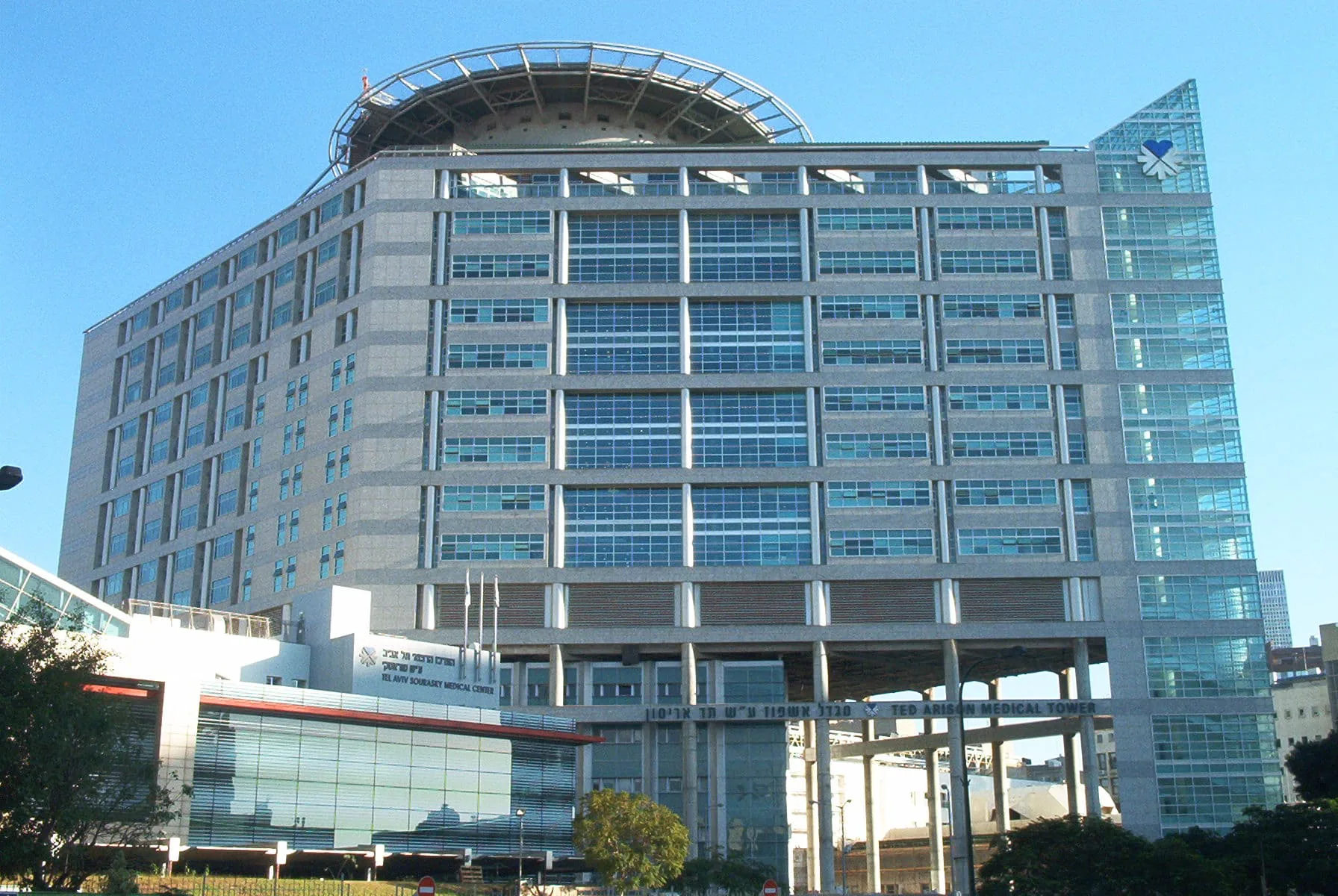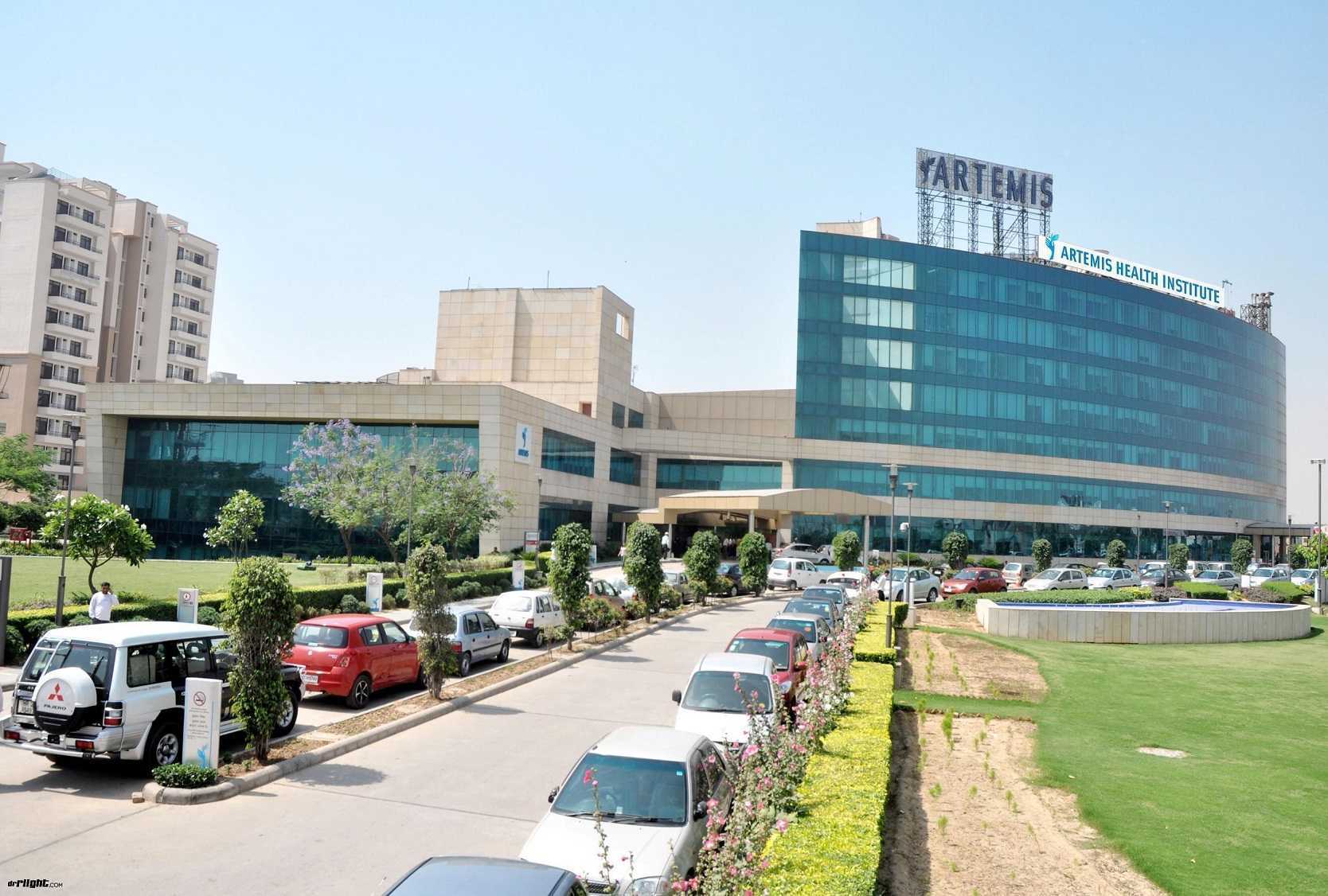Vertebral dislocation is a condition that affects the alignment of the vertebrae in the spine. It can result from various causes, such as traumas, degenerative conditions, or structural abnormalities. When faced with the diagnosis of spinal dislocation, patients often wonder if surgery is mandatory or if alternative treatments can be pursued. In this article, we aim to provide an informative discussion on the topic of whether surgery is a must for dislocated vertebrae.
Understanding Vertebral Dislocation
Vertebral or, in other words, spinal dislocation, is a condition where one or more bones of the spine (called vertebra) become displaced from their normal positions. This can occur due to sudden traumas, such as a sports injury or car accidents, or it can develop gradually over time due to degenerative diseases like arthritis. When the bones in spinal column in the spine are dislocated, it can lead to a range of conditions, affecting mobility, neurological functions, and general quality of life. The symptoms can differ contingent on the place and severity of the deformity. Typical signs include severe pain, limited range of motion, tingling sensations in the hands and feet, muscle weakness, and changes in posture or gait. If you have any of these signs, it is crucial to seek medical attention promptly.
Treatment Options
The cure depends on several aspects, including the type and seriousness of the deformity, the presence of other injuries, and your overall wellbeing. Non-invasive cure options may include pain management methods, such as therapies, aimed at reducing pain and improving mobility. In cases where there is significant instability or myelopathy in which the spinal cord is compressed, surgery may be needed to realign the vertebrae and correct spinal instability.
Non-Invasive Options
In many cases, non-operative options can effectively manage vertebral dislocation. Relax and immobilization play the main role in allowing the spine to heal naturally. The use of braces or casts may be recommended to give support and limit movement during the healing process. Physical therapies and rehabilitation exercises can also be beneficial in restoring strength, flexibility, and proper alignment to the spine. Also, pain management methods, such as medications and other techniques, can help alleviate discomfort and enhance quality of life.
Surgical Options
While non-operative treatments are often the primary approach for spinal dislocation, there may be instances where surgery becomes obligatory. Surgical operations can vary subject to the difficulty and specific circumstances of the deformity. Often interventions include spinal fusion, in which 2 or more spinal column bones are fused together for the purpose of stabilizing of the spine, and decompression operation, which aims to decrease pressure on nerves caused by the dislocations. It should be noted that operation is typically considered when conservative measures have failed to provide adequate relief or when there are significant difficulties related to the dislocation.
Rehabilitation Process
After operation, the road to recovery involves a comprehensive rehabilitation program tailored to your specific needs. Exercises can help build up the surrounding muscles, better range of motion, and enhance overall functionality. Your healthcare team will develop an individualized plan to gradually reintroduce activities and prevent future injuries. It is essential to follow the recommended rehabilitation program diligently to optimize your recovery.
Prevention and Precautions
While not all cases of dislocation can be prevented, there are certain precautions you can take to minimize the risks of injury. Keeping normal weight, practicing proper body mechanics when lifting heavy items, and going in for regular sport to make stronger the core muscles and back can all contribute to spinal health. Also, wearing appropriate protective gear during sports activities or high-risk occupations can help reduce the likelihood of spinal injuries.
Conclusion
Determining the necessity of surgical intervention for spinal dislocations requires careful evaluation of the individual case. While non-surgical treatments are often efficient, operation may be a viable option when conservative measures fail to provide adequate relief or when complications arise. Prompt diagnosis, right cure, and diligent rehabilitation can greatly improve results for patients. Remember to seek medical attention if you are having symptoms of spinal dislocation and take necessary precautions to protect your spine. Stay informed, stay proactive, and prioritize your spinal health.











